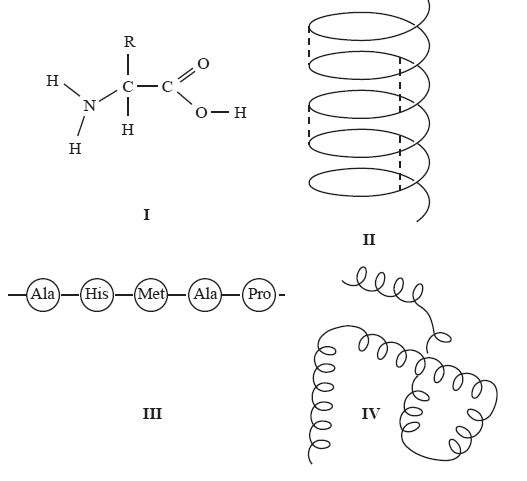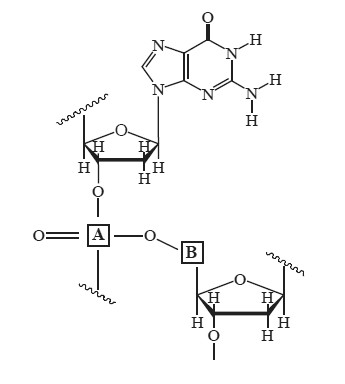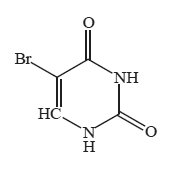Bio-macro molecules chemistry 2009 VCE
A student’s study notes on protein structure included these four unlabelled sketches shown on the right.
Which sketches best represent the primary, secondary and tertiary structure of proteins respectively.
A. I, II, IV
B. I, IV, II
C. III, IV, II
D. III, II, IV

The tertiary structure of proteins may be maintained by
A. hydrogen bonding.
B. ionic interactions.
C. covalent bonds.
D. all of the above..
Solution

In response to a pain stimulus, the brain produces small polypeptide molecules called enkephalins. These molecules block the transmission of pain through the central nervous system.
The amino acid sequence in one such compound, methionine enkephalin, is
Tyr – Gly – Gly – Phe – Met
The number of amine, carboxylic acid and amide (peptide) functional groups in this polypeptide is
| –NH2 | –COOH | –CONH | |
| A | 0 | 0 | 5 |
| B | 1 | 1 | 4 |
| C | 1 | 1 | 5 |
| D | 0 | 2 | 4 |
Solution

Which one of the following statements about enzymes is not true?
A. Enzymes can only be denatured by an increase in temperature.
B. Enzymes may form temporary ion-dipole bonds with substrate molecules.
C. Enzymes speed up reactions by holding substrate molecules in positions necessary for reaction.
D. The tertiary structure of an enzyme may be altered if one amino acid in its primary structure is substituted
for another, different amino acid.
Solution

The following structure shows part of a polypeptide.

Use the data sheet name the amino acids that make up this section of the polypeptide.
Solution

At a particular pH, an amino acid in solution can exist as ions that have both a negative and positive charge.
These ions are called zwitterions.
Choose one of the amino acids in this section of polypeptide and draw the structure of its zwitterion
clearly showing all bonds.
Solution

The diagram below represents part of the DNA double helix

a) Write down the formula of the atom or groups of atoms represented by A and B.
Solution
b) Use the data sheet to name the base that is complementary to the base shown.
Solution

The temperature at which 50% of a piece of double-stranded DNA separates into single strands is known as the
melting temperature. A certain human viral DNA contains a greater percentage of adenine than a monkey viral
DNA. The lengths of the human and monkey viral DNA molecules are equal.
Explain why the human viral DNA has a lower melting temperature than the monkey viral DNA.
Solution

Under certain circumstances the compound 5-bromouracil (shown below) is incorporated into the DNA structure
in place of one of the normal DNA bases.

Which DNA base is likely to be replaced by 5-bromouracil?
Solution
